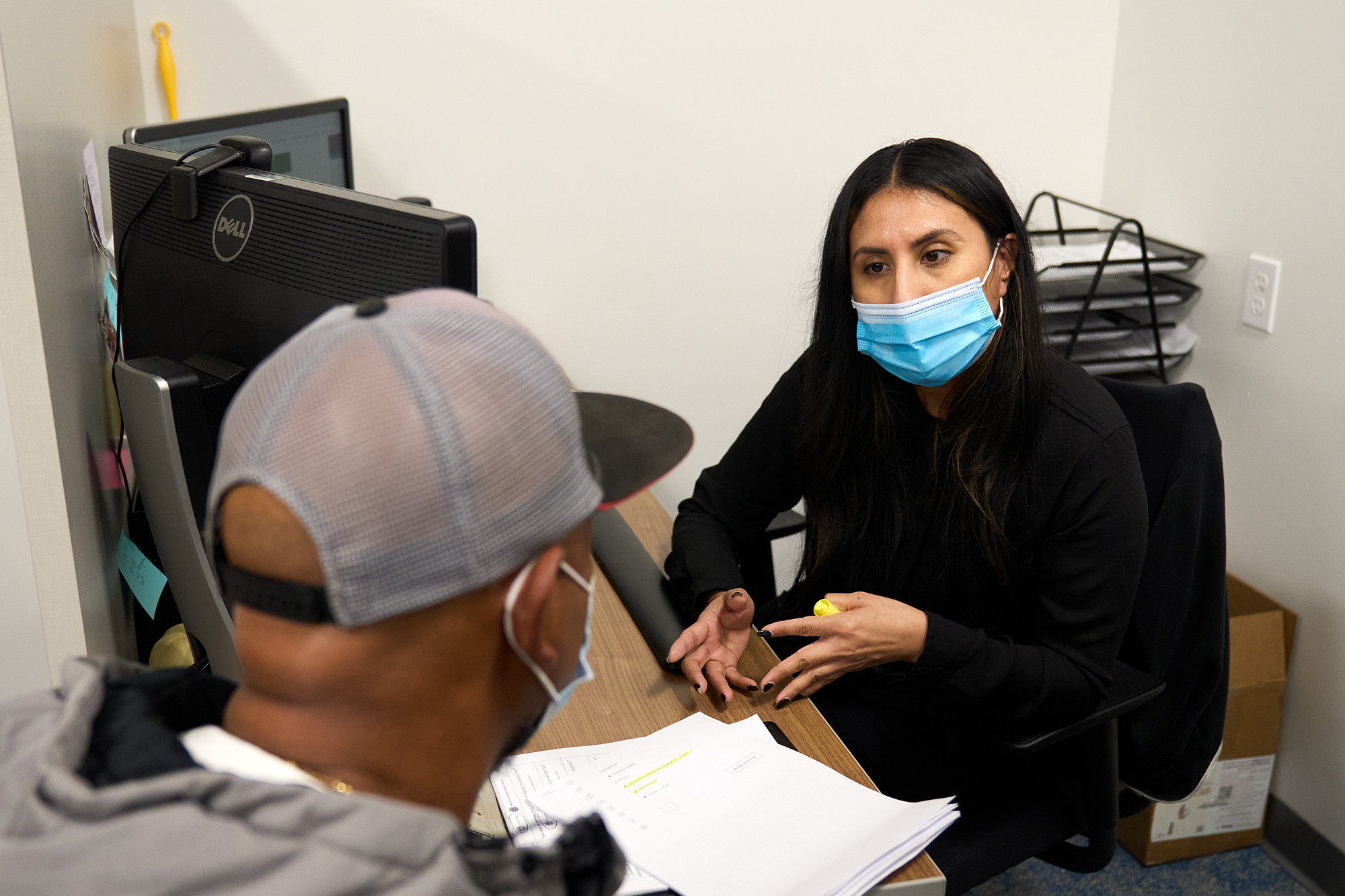Medical residency is notoriously demanding, often requiring 60 to 80 hours of work per week. Across California, early-career doctors in hospitals are increasingly turning to unionization to advocate for improved compensation and working conditions.
In California, some early-career doctors, known as medical residents, find themselves earning as little as $16 an hour while working grueling 80-hour weeks. This period of intensive training, called residency, is a mandatory step for all physicians seeking board certification.
These demanding schedules coupled with modest pay have been a long-standing point of contention in the medical field. This has fueled a growing movement among medical residents to form unions. The Accreditation Council for Graduate Medical Education (ACGME), the national body overseeing residency programs, sets a limit of 80 hours for the average work week.
Recently, hundreds of resident physicians and fellows at Kaiser Permanente facilities in Northern California became the latest group to join this wave, seeking better pay and working conditions. Their petition to unionize, filed with the National Labor Relations Board after Kaiser Permanente declined voluntary recognition, underscores the growing momentum of this movement.
Data from the Committee of Interns and Residents (CIR), the largest union representing trainee doctors nationally, reveals a significant surge in union membership within California medical training programs, more than doubling since 2020. Residents at prominent institutions like Stanford Health Care, Keck Medicine of USC, and all six University of California academic medical centers have successfully organized labor unions in recent years.
The Kaiser Permanente Northern California staff will now participate in a formal vote to determine unionization. If successful, these residents would join the ranks of many other unionized Kaiser employees, including pharmacists, nurses, and housekeepers, at the state’s largest health provider and private employer. Kaiser Permanente provides healthcare to over 9 million Californians.
Dr. Brandon Andreson, a second-year internal medicine resident at Kaiser San Francisco Medical Center, highlighted that the unionization effort was partly inspired by the broader trend of hospital residents unionizing across California and the nation. An informal vote showed over 70% support for unionization among trainee doctors across Northern California Kaiser facilities, according to Dr. Andreson.
“There is a huge national movement to recognize residents as decent workers,” Dr. Andreson stated. “We’ve become pawns in this giant game of making money for a hospital at the expense of your frontline workers.”
“It was so stark the differences of how we’re treated compared to our colleagues who are doing similar work.”
Dr. Philip Sossenheimer, hospice and palliative medicine fellow at Stanford Medicine
Nationwide, union membership among medical residents has expanded significantly, from 17,000 to over 32,000 in just over three years. The Association of American Medical Colleges estimates that there are over 144,000 doctors in residency programs across the country. In California, the number of unionized medical residents has increased by 62% since 2020, according to Annie Della Fera, spokesperson for the Committee of Interns and Residents.
Kaiser Permanente, in a statement, affirmed its commitment to providing a positive learning and working environment.
“We respect our long-standing relationships with labor unions and the rights of our employees to make decisions about whether they want to be represented by a union,” the statement read.
The core issues at stake include improved pay, overtime compensation, housing stipends, and more manageable work schedules. Unions advocating for residents have also negotiated for benefits like fertility coverage to support those delaying family planning during their demanding training. Dr. Berneen Bal, a third-year psychiatry resident at Kaiser’s Oakland Medical Center, mentioned that some colleagues have resorted to traveling out of state to access more affordable egg freezing procedures.
“As more residencies have unionized, it’s put greater criticism on this training structure that we’ve all just accepted for so long,” Dr. Bal observed.
Pay Disparities for Medical Residents in California
At Kaiser Permanente’s eight Northern California hospitals, resident physicians earn approximately $80,000 annually while typically working 60 to 80 hours per week, with only one day off per week, according to Dr. Andreson. Pay scales for residents at other non-unionized health systems in California are comparable or even lower. This contrasts sharply with the starting salaries for fully certified physicians, which can reach nearly $300,000 depending on their specialty.
While unions are not widespread among fully certified doctors in California due to employment structures that often classify them as business partners, preventing union membership, many doctors are represented politically by the California Medical Association.
Dr. Ken Jacobs, co-chair of the UC Berkeley Labor Center, points to the pandemic as a catalyst for the growing unionization movement among doctors-in-training, noting that long-standing concerns about grueling work hours and low pay were amplified by the COVID-19 crisis.
“In health care specifically, COVID and the aftermath of COVID have pushed a lot of people into seeing the need for a union and going out and doing the work necessary to win a union election,” Dr. Jacobs explained.
“It’s a big deal to take on something the size of Kaiser. What happens here will have an impact and is likely to ripple out.”
Ken Jacobs, co-chair of the UC Berkeley Labor Center
Hospitals relied heavily on residents during COVID-19 surges to manage staffing shortages but often did not provide overtime pay or other standard worker protections, as reported by several doctors interviewed for this article.
Stanford Health Care’s initial decision to exclude residents from the first round of COVID-19 vaccines in 2020 served as a breaking point for trainee doctors there. This event contributed to their decision to unionize in 2022.
“It showed us that they view us as an expendable workforce,” remarked Dr. Philip Sossenheimer. “It was so stark the differences of how we’re treated compared to our colleagues who are doing similar work.”
Dr. Sossenheimer emphasized the vulnerability of doctors-in-training to exploitative employer practices, as leaving a residency program and securing another position is practically impossible. Residents are contractually obligated to complete their training to practice medicine. Residencies typically last three to seven years, with additional fellowship training for specialties.
Last year, residents at Stanford Health Care achieved significant gains in their first contract, including enhanced benefits and a 21% across-the-board pay increase.
Kaiser Unionization and its Potential Precedent
The implementation of 80-hour workweek limits for medical residents began 20 years ago. A 2009 study by the Rand Corp. estimated that reducing resident workloads to meet these standards and mitigate fatigue would cost major teaching hospitals over $4 million annually. These costs are primarily attributed to the need to hire substitute providers and additional residents.
Hospital administrators across the nation have voiced concerns about rising labor costs contributing to increased healthcare prices for patients. This financial pressure impacts California’s efforts to control medical costs. Research indicates that wages are a factor in higher U.S. healthcare spending compared to other developed countries, although administrative expenses and prescription drug costs are more significant drivers.
Despite the growing momentum for collective bargaining among resident physicians, not all institutions have welcomed unionization. Residents and fellows at Loma Linda University Health are currently engaged in a legal dispute regarding bargaining rights. While the 800-member unit successfully unionized under the Union of American Physicians and Dentists last June, the hospital is contesting its obligation to bargain, citing religious exemptions, according to NLRB filings. Loma Linda University Health is affiliated with the Seventh-day Adventist Church.
Dr. Jessica Muñoz, an emergency medicine resident who spearheaded unionization efforts at Loma Linda, expressed optimism from seeing other residents secure contracts and organize.
“No matter what happens here, I’m excited for all of these residents and fellows that are unionizing around California and the country,” Dr. Muñoz stated.
Dr. Jacobs from the Berkeley Labor Center emphasized the potential wide-ranging impact of establishing a union at Kaiser Permanente, given its prominence in the healthcare industry and reputation as a leader in worker compensation and benefits.
“It’s a big deal to take on something the size of Kaiser,” Dr. Jacobs concluded. “What happens here will have an impact and is likely to ripple out.”
This story was updated to correct the number of residents and fellows represented by the Union of American Physicians and Dentists at Loma Linda University Health.
Supported by the California Health Care Foundation (CHCF), which works to ensure that people have access to the care they need, when they need it, at a price they can afford. Visit www.chcf.org to learn more.
More on health
 ‘I couldn’t find a nurse:’ L.A. family sues hospital over life-altering injuries
‘I couldn’t find a nurse:’ L.A. family sues hospital over life-altering injuries
‘I couldn’t find a nurse:’ L.A. family sues hospital over life-altering injuries
 California expands health insurance to all eligible undocumented adults
California expands health insurance to all eligible undocumented adults

